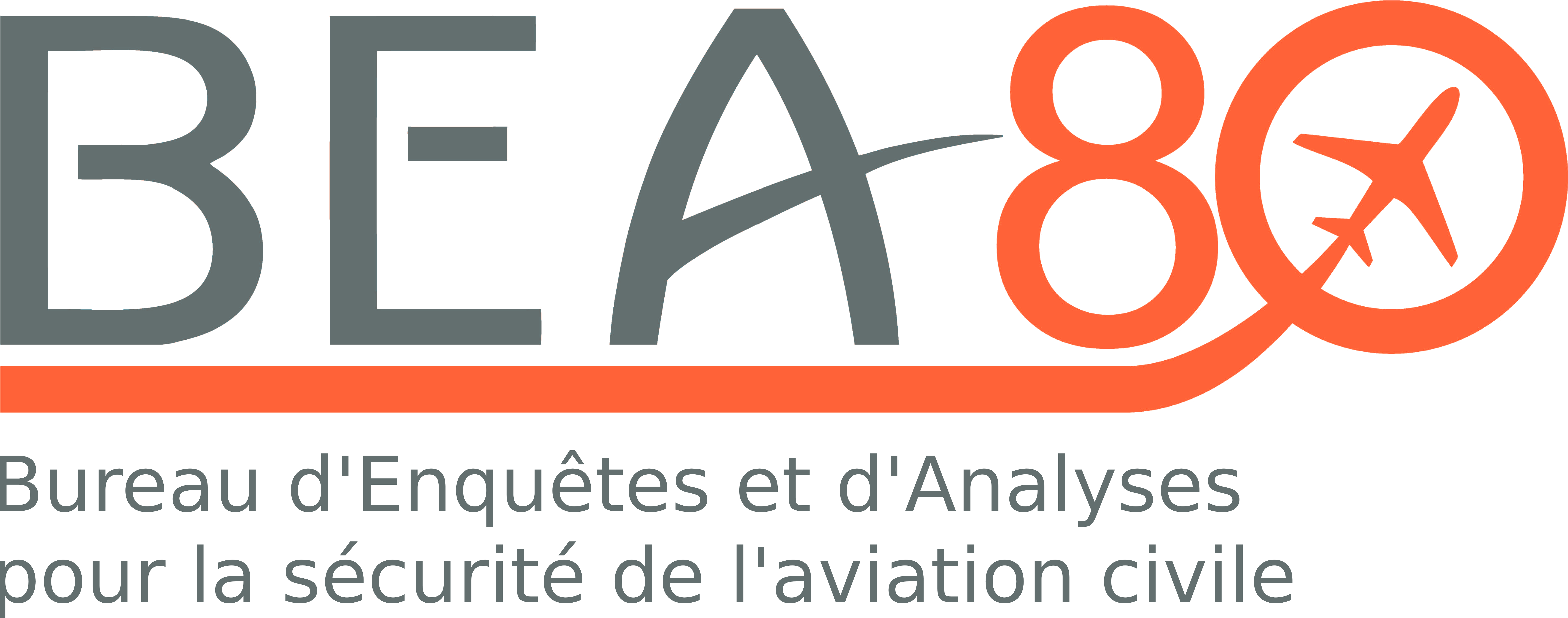Incident to the Airbus A318 - 100 registered F-GUGD operated by Air France on 20/12/2019 close to Hyères-Le Palyvestre airport (Le Var)
Capture d’un lobe secondaire de l'ILS en approche, augmentation de l’assiette sous pilote automatique, activation des protections du domaine de vol
Cat. 2 investigation report: simplified-format report, adapted to the circumstances of the occurrence and the investigation stakes.
During the approach briefing for Hyères le Palyvestre airport, the crew chose to give preference to an ILS approach to runway 05, the landing performance in the conditions of the day permitting this. The crew mentioned the presence of a tailwind in connection with the landing performance and not in connection with the approach path. Other threats such as windshear and the possible presence of birds on the airport were of greater concern for the crew.
On first contact with the Toulon approach controller, the crew selected an altitude of 1,900 ft on the Flight Control Unit (FCU) in compliance with the instructions received.
During the descent, the controller informed the crew that the meteorological conditions were a bit tight for runway 23 which in the crew’s mind meant that the minima would not have permitted this approach being carried out. The crew knew that they were above the glide slope and had, therefore, extended the speedbrakes and then the landing gear.
When the controller proposed that the crew carry out a holding pattern in order to descend, the crew chose to continue the direct approach to runway 05. The PF knew that he still had the possibility of carrying out a missed approach if they were not stabilized at 1,000 ft and the PM sided with the PF’s opinion. However, the crew underestimated the influence the tailwind might have on the approach path and did not sufficiently assess the feasibility of intercepting the glide slope from above.
Thereafter, the two crew members were attentive to the evolving indicated airspeed but did not take into account the high ground speed and high vertical speed values. The interception of the glide slope increased the crew’s workload, and the high ground speed due to the strong tailwind reduced the time required to reach the runway. These two factors resulted in the pilots losing situational awareness. The crew did not realise that the altitude selected on the FCU was still 1,900 ft and then did not detect that the plane had levelled off at this altitude, and the associated FMA mode changes.
The levelling off increased the distance between the aeroplane and the 3° glide slope and resulted in the interception of a false glide slope signal with a slope of 9°. During this period, the crew finished configuring the aeroplane for landing and carried out the landing checklist.
The interception of the false glide slope signal caused the pitch attitude to increase up to 30°, without this being perceived by the crew, and then the activation of the Low energy alert, the activation of the angle of attack protection and a reduction in speed. The Low energy alert was activated 1 min 25 s after the undetected activation of the ALT* mode, a period during which the crew’s actions bear witness to a loss of situational awareness. The PF responded by applying TOGA thrust without calling this out to the PM, and by reducing the pitch attitude. The crew then carried out a go-around and the second approach was carried out without further incident.
- Click here or below to dowload the "safety digest" as a pdf file.

